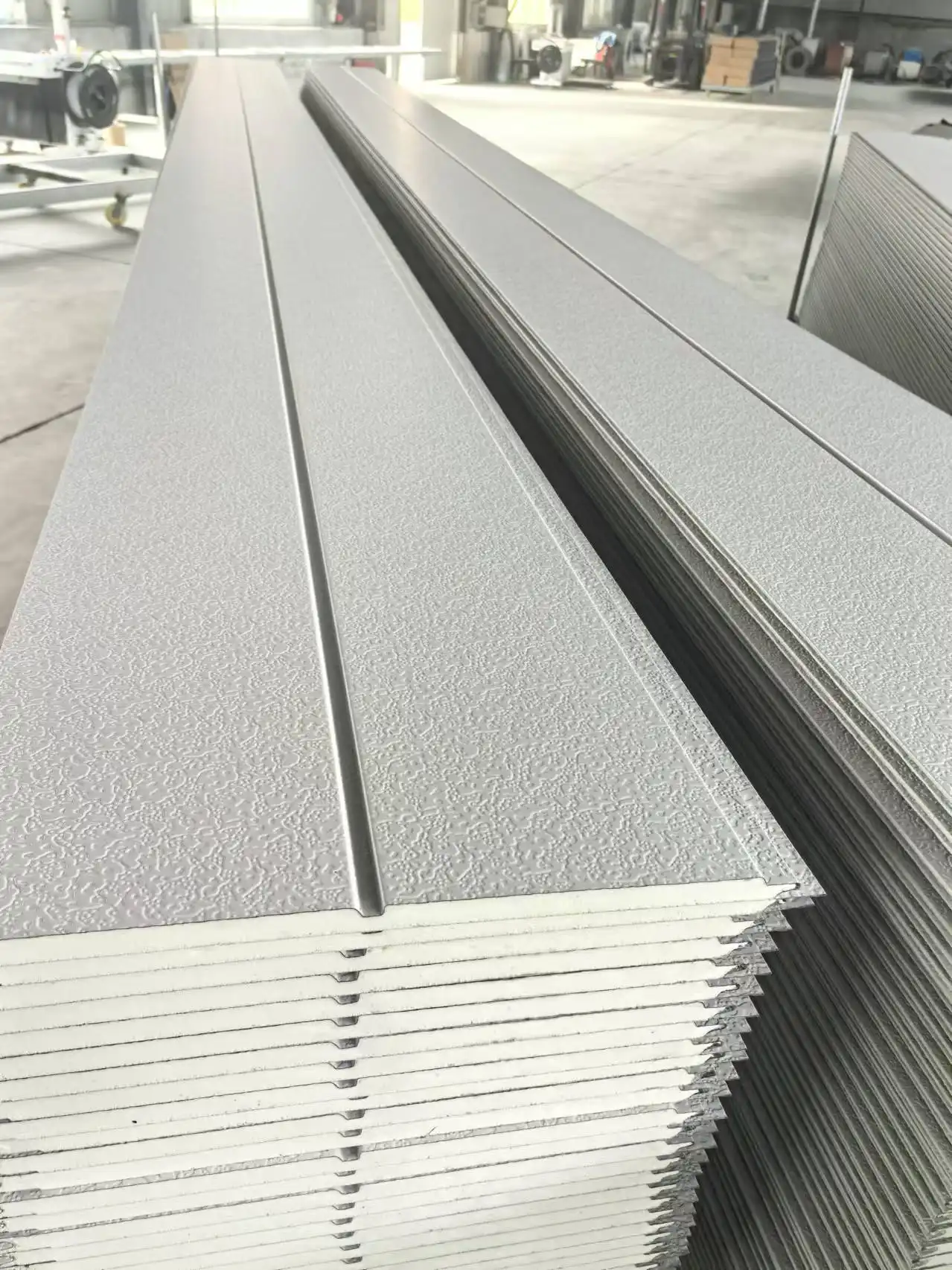Durability and Longevity: The Cornerstone of Government Building Construction
When it comes to government buildings and open works, solidness is foremost. Metal house siding, customarily utilized in private applications, has found its way into the domain of regulation design due to its uncommon life span and strength. Not at all like routine materials, metal siding can withstand the rigors of time and natural variables, making it a perfect choice for structures that require to serve the open for decades.
Weather Resistance: Protecting Against Nature's Elements
Government buildings are frequently uncovered to a wide range of climate conditions, from burning warmth to solidifying temperatures. Metal siding, especially when coated or anodized, offers predominant assurance against these components. Its corrosion-resistant properties guarantee that the building's outside remains intact, indeed in coastal regions where salt dust can be especially harmful. This weatherproofing capability essentially diminishes the requirement for visit repairs and substitutions, eventually sparing citizen cash in the long run.
Structural Integrity: Enhancing Building Strength
The strength-to-weight proportion of metal siding is unparalleled, contributing to the by-and-large basic judgment of government buildings. Whether utilizing aluminum, steel, stainless steel, or copper, these materials give a strong outside that can withstand tall winds, impacts, and other physical stresses. This upgraded basic bolster is pivotal for open buildings that may require serving as crisis covers or command centers amid characteristic fiascos.
Fire Resistance: Prioritizing Safety in Public Spaces
Safety is a top priority in any public building, and metal siding excels in this aspect. With fire ratings ranging from Class A to C, depending on the specific requirements, metal siding offers a non-flammable exterior that can significantly slow the spread of fire. This characteristic is invaluable for government buildings that may house sensitive documents, equipment, or serve as critical infrastructure during emergencies.
Energy Efficiency and Sustainability: Meeting Modern Environmental Standards
As government entities increasingly focus on sustainability and energy efficiency, metal siding emerges as a frontrunner in meeting these modern environmental standards. The use of metal house siding in public works projects not only contributes to energy conservation but also aligns with green building initiatives.
Thermal Insulation: Reducing Energy Consumption
Metal siding systems, when coupled with appropriate insulation materials such as polyurethane, polystyrene, rock wool, or glass wool, provide exceptional thermal insulation. This insulation capability helps maintain comfortable indoor temperatures, reducing the reliance on heating and cooling systems. For government buildings that operate year-round, the resulting energy savings can be substantial, leading to reduced operational costs and a smaller carbon footprint.
Recyclability: Supporting Circular Economy Principles
The eco-friendly nature of metal siding aligns perfectly with the growing emphasis on sustainable construction practices in public works. Most metal siding materials, including aluminum and steel, are highly recyclable. This recyclability not only reduces waste but also supports the principles of a circular economy. Government projects that utilize metal siding can showcase their commitment to environmental stewardship, setting an example for the private sector and the community at large.
Solar Integration: Harnessing Renewable Energy
The flat, durable surface of metal siding provides an excellent foundation for the integration of solar panels. Government buildings with metal siding can easily incorporate solar energy systems, further enhancing their energy efficiency and reducing reliance on non-renewable energy sources. This integration of renewable energy technology demonstrates a forward-thinking approach to public infrastructure design.
Aesthetic Versatility and Maintenance: Balancing Form and Function
While functionality is crucial for government buildings, aesthetics play an equally important role in creating spaces that inspire and represent the values of public institutions. Metal siding offers a unique combination of practicality and design flexibility that can elevate the appearance of public works projects.
Customization Options: Tailoring Designs to Purpose
Metal siding comes in a variety of colors, textures, and finishes, allowing architects to create visually striking government buildings that reflect their purpose and importance. From sleek, modern designs to more traditional appearances, metal house siding can be customized to suit any architectural style. The ability to mix and match different metal types, such as aluminum, steel, stainless steel, and copper, further expands the design possibilities, enabling the creation of unique and memorable public spaces.
Low Maintenance Requirements: Reducing Long-term Costs
One of the most significant advantages of metal siding for government buildings is its low maintenance requirements. Unlike other materials that may need frequent painting, sealing, or replacement, metal siding remains relatively maintenance-free over its lifespan. This characteristic is particularly beneficial for public works projects, where budget constraints often limit ongoing maintenance activities. The durability and resistance to fading, chipping, and cracking mean that metal-sided buildings maintain their appearance and functionality with minimal intervention, reducing the burden on public resources.
Adaptability: Meeting Changing Needs
Government buildings often need to adapt to changing requirements over time. The modular nature of metal siding systems allows for easier modifications and expansions compared to traditional building materials. This adaptability ensures that public buildings can evolve to meet new needs without requiring extensive renovations or rebuilding, providing long-term value for taxpayer investments.
Conclusion
Metal siding offers a multitude of benefits for government buildings and public works projects. From its unmatched durability and energy efficiency to its aesthetic versatility and low maintenance requirements, metal house siding provides a comprehensive solution that addresses the complex needs of modern public infrastructure. As governments continue to seek innovative ways to construct and maintain their facilities, metal siding stands out as a smart, sustainable, and cost-effective choice. For more information on how metal siding can benefit your government or public works project, please contact us at info@sdqsc.com. Our team of experts at Weifang Sandong Building Materials Co., Ltd. is ready to assist you in creating resilient, efficient, and visually appealing public buildings that will serve communities for generations to come.